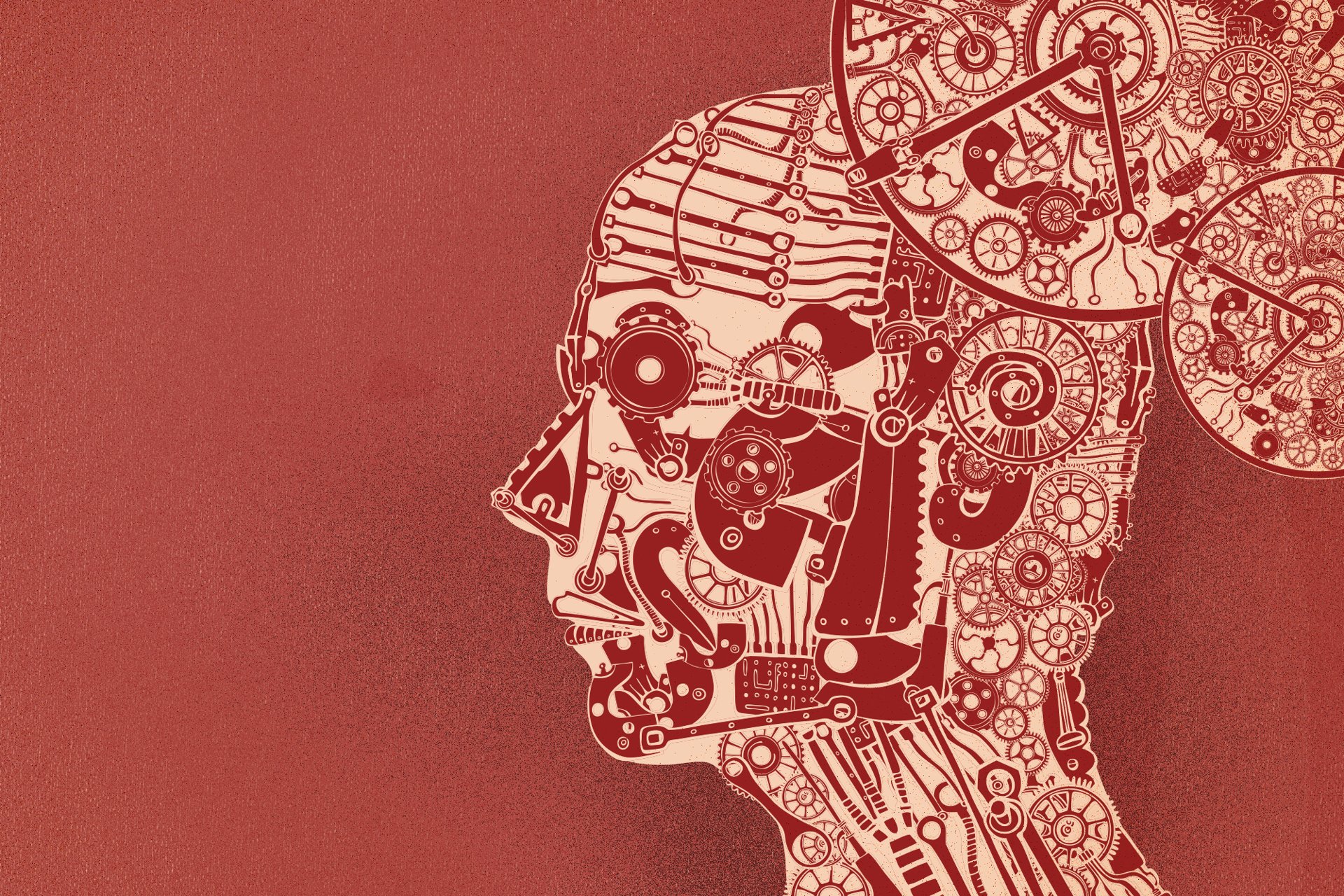What Is a Robot?
Source: Adrienne LaFrance
 The year is 2016. Robots have infiltrated the human world. We built them, one by one, and now they are all around us. Soon there will be many more of them, working alone and in swarms. One is no larger than a single grain of rice, while another is larger than a prairie barn. These machines can be angular, flat, tubby, spindly, bulbous, and gangly. Not all of them have faces. Not all of them have bodies.
The year is 2016. Robots have infiltrated the human world. We built them, one by one, and now they are all around us. Soon there will be many more of them, working alone and in swarms. One is no larger than a single grain of rice, while another is larger than a prairie barn. These machines can be angular, flat, tubby, spindly, bulbous, and gangly. Not all of them have faces. Not all of them have bodies.
And yet they can do things once thought impossible for machine. They vacuum carpets, zip up winter coats, paint cars, organize warehouses, mix drinks, play beer pong, waltz across a school gymnasium, limp like wounded animals, write and publish stories, replicate abstract expressionist art, clean up nuclear waste, even dream.
Except, wait. Are these all really robots? What is a robot, anyway?
This has become an increasingly difficult question to answer. Yet it’s a crucial one. Ubiquitous computing and automation are occurring in tandem. Self-operating machines are permeating every dimension of society, so that humans find themselves interacting more frequently with robots than ever before—often without even realizing it. The human-machine relationship is rapidly evolving as a result. Humanity, and what it means to be a human, will be defined in part by the machines people design.
“We design these machines, and we have the ability to design them as our masters, or our partners, or our slaves,” said John Markoff, the author of Machines of Loving Grace, and a long-time technology reporter for The New York Times. “As we design these machines, what does it do to the human if we have a class of slaves which are not human but that we treat as human? We’re creating this world in which most of our interactions are with anthropomorphized proxies.”
In the philosopher Georg Wilhelm Friedrich Hegel’s 1807 opus, The Phenomenology of Spirit, there is a passage known as the master-slave dialectic. In it, Hegel argues, among other things, that holding a slave ultimately dehumanizes the master. And though he could not have known it at the time, Hegel was describing our world, too, and aspects of the human relationship with robots.
But what kind of world is that? And as robots grow in numbers and sophistication, what is this world becoming?
* * *
The year was 1928. It was autumn, and a crowd had gathered at the Royal Horticultural Hall in London to catch a glimpse of Eric Robot. People called him that, like Robot was his last name, and referred to him as “he,” not “it.” Eric had light bulbs for eyes and resembled “nothing so much as a suit of armor,” the newspapers said. But he could stand and speak. This was an impressive spectacle, and a jarring one. Eric had the “slanting eyes of [a] metal clad monster [that] glare yellowly at them as he speaks,” The New York Times reported. “His face had the horrible immobility of Frankenstein’s monsters. It had electric eyeballs, a toothless mouth without lips, armorplated chest and arms and sharp metal joints at the knees such as armored knights wear at the Metropolitan Museum.”
| }
|